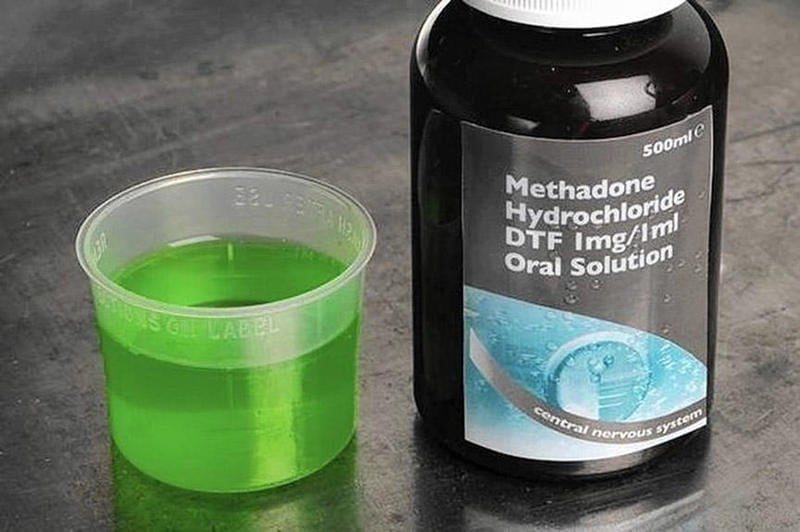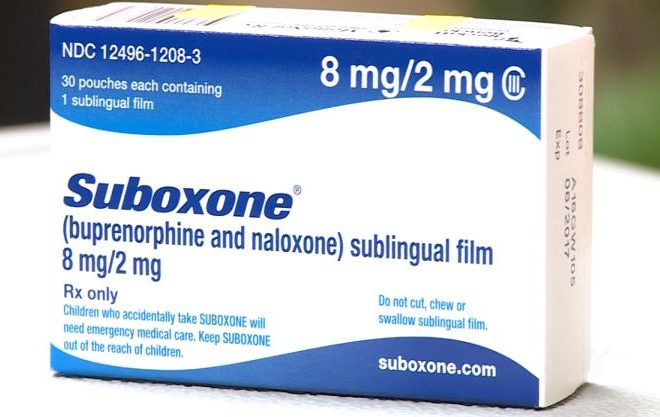Medication-assisted treatment (MAT) is the use of behavioral therapy in conjunction with medication to treat substance use disorders. It allows for a patient-based approach to treatment for individuals struggling with addiction, allowing the patient to sustain recovery. The purpose of MAT is to treat those who have an opioid-use disorder. The medications used in MAT are FDA approved and are used to block the effects of opioids in the brain without the negative aspects associated with the drugs.
To treat an opioid-use disorder, there are three medications:
Methadone – Methadone is only available in specialty clinics. It works by changing how the brain and nervous system respond to pain and blocks the effects of opioid-based drugs while reducing the symptoms of withdrawal. It comes in pill, liquid, or wafer form and gets taken once daily.

Naltrexone– Naltrexone comes in two forms, pill or injectable. The pill form is taken once a day, whereas the injectable form is taken once a month, and this is due to milligram dosage. Naltrexone can be prescribed by any medical professional licensed to prescribe medication. This medication works by blocking opioid receptors and reducing opioid cravings, which blocks the euphoric effects of the drugs.
Buprenorphine– Buprenorphine is a mixed opioid agonist that produces euphoric effects, although these effects are weaker. The effects of the drug

Medication-assisted treatment is widely considered the gold standard for treating opioid-use disorder. In opposition to this status, MAT has also been considered a controversial form of addiction treatment, with some people having the opinion that MAT is merely trading one drug for another. However, a controlled dose of methadone can alleviate symptoms of addiction while allowing a user to maintain a functioning life. MAT also lowers the risk of hepatitis C, and this can be attributed to patients no longer abusing heroin, and, therefore, not sharing needles and risking infection.
As with taking regular medication, it is imperative to discuss with your doctor or health provider before considering MAT. The risks associated with these medications, along with whether or not it would be a good and safe option, should always be discussed.
Sources
https://www.samhsa.gov/medication-assisted-treatment
https://www.samhsa.gov/medication-assisted-treatment/treatment

Leave a Reply